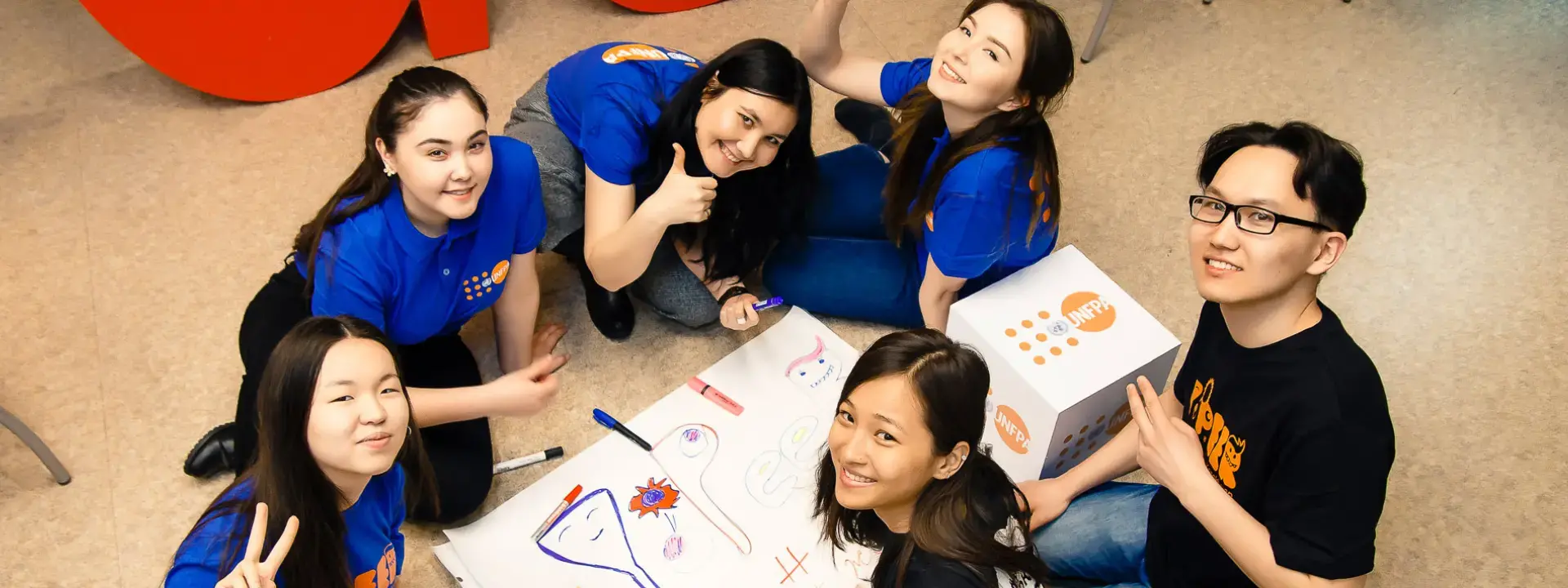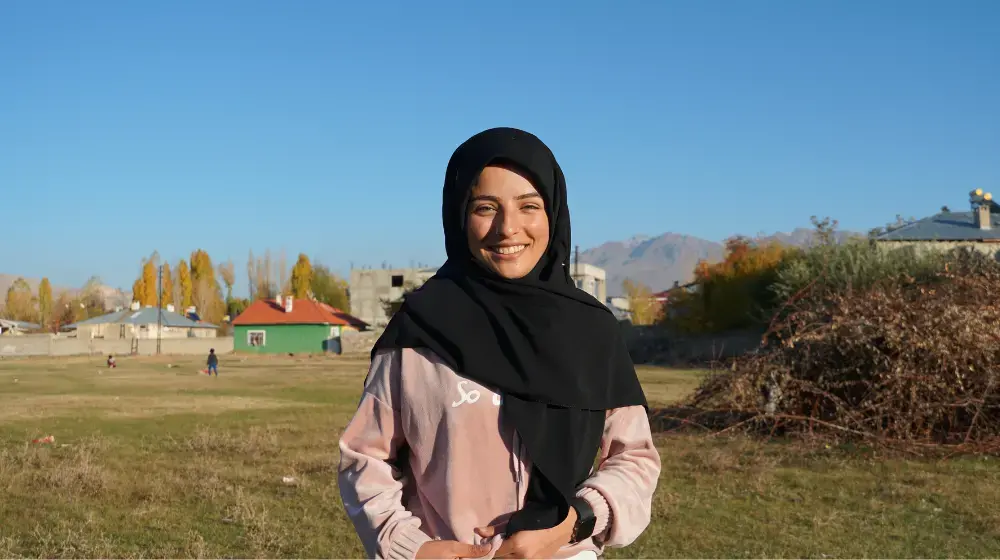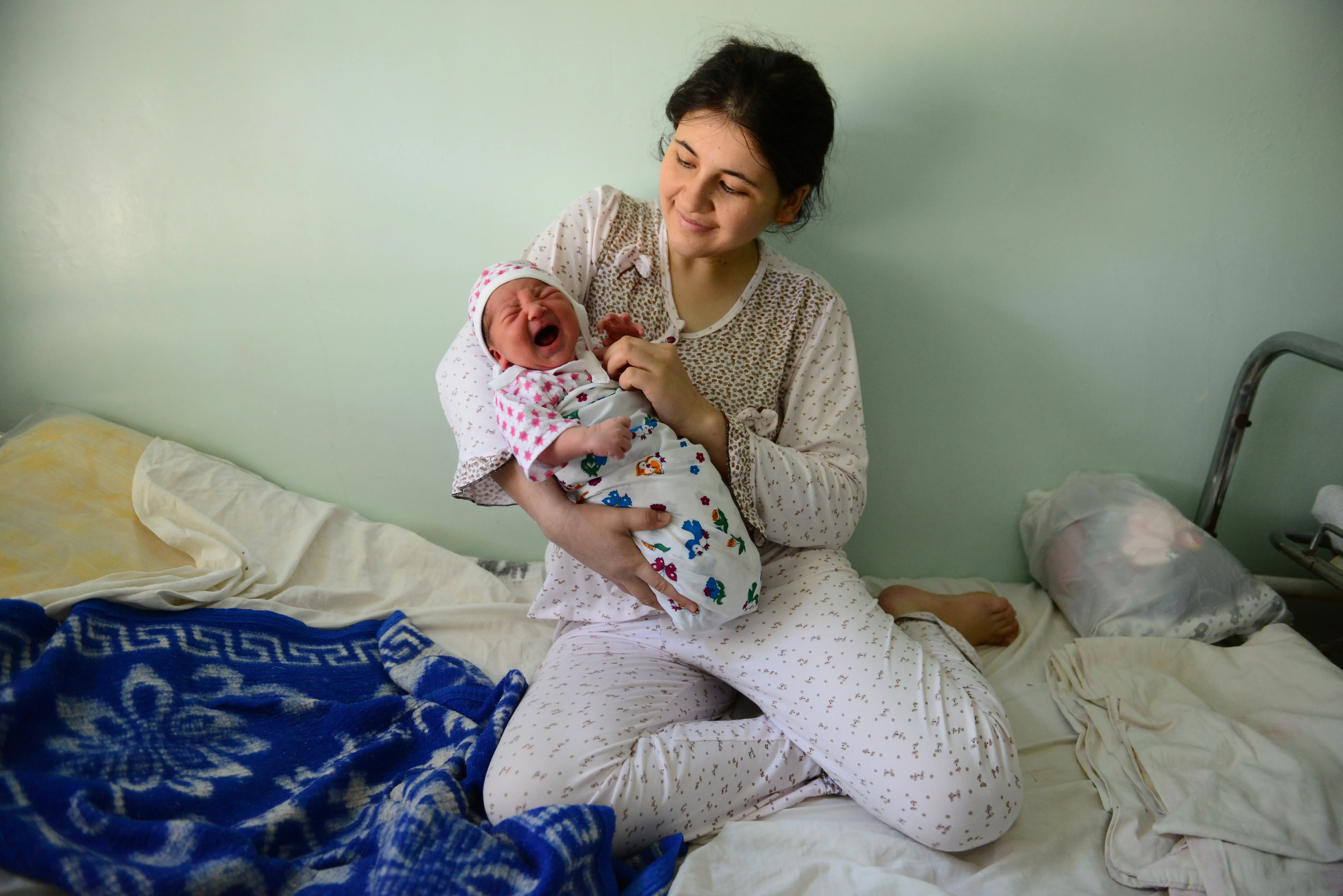Eastern Europe and Central Asia has undergone intensive political, economic and social transformations over the past decade, opening up new opportunities for people under the age of 25, who make up 22 per cent of the overall population. Young people in the region are more connected and empowered than ever before since UNFPA started working in the region in the early 1990s.
But the pace and nature of change has also left young people (defined as the population group between the ages of 10 and 24) highly vulnerable to poverty; unemployment; health issues, including those related to sexual and reproductive health; and political disenfranchisement. Commitment to the development and promulgation of policies to address the needs of adolescents (ages 10-19) and youth (ages 15-24) varies widely across the region, with ideological, political and resource issues all coming into play.
The youth unemployment rate has grown over the past 10 years and is higher than the jobless rate amongst adults, prompting many young people to leave their countries to seek employment. Poverty is also high among adolescents and youth in Eastern Europe and Central Asia, with more than 22 million young people across the region living on less than 2 USD a day and 5.8 million undernourished.
The incidence of sexually transmitted infections among young people is on the rise, and Eastern Europe and Central Asia has one of the world’s fastest-growing HIV epidemics, with the majority of reported new infections among young people. Region-wide, 32 of every 1,000 births are among adolescents between the ages of 15 and 19, compared with 10 of every 1,000 births in the older EU member states.
Early and forced marriage persists in many parts of the region, limiting employment and educational opportunities for girls and exposing them to significant health risks. Gender-based violence is thought to be widespread and the trafficking of girls and young women remains a problem.
UNFPA’s work on adolescents and youth is focused on realising young people’s full potential, through improving access to sexual and reproductive health services; promoting youth leadership and participation; promoting comprehensive sexuality education; making better data on youth available to advocates and policy-makers; and reaching out to marginalised and disadvantaged adolescents and youth, especially girls.
The world has seen increased numbers of refugees and migrants, many of whom are adolescent boys and young men travelling alone. These boys on the move experience multiple forms of marginalization, often facing violence, abuse and insecurity. It is against this backdrop that Boys on the Move works to provide potentially life-saving information and build competencies in boys and young men experiencing changing and challenging circumstances. Boys on the Move is based on a non-formal curriculum designed for unaccompanied and separated male adolescents displaced by conflict, poverty or related causes. It is delivered over ten sessions that each address various issues that they face during their migration journeys, including topics such as sexuality education, money, emotions and managing healthy relationships. The initiative helps boys identify risks and solve problems in a constructive way. For more information, see the Boys on the Move brochure and the participants handbook.
UNFPA supports efforts by countries to deliver comprehensive sexuality education, both in and out of school, and works with the established Youth Peer Education Network (Y-PEER) to disseminate tools and resources about sexual and reproductive health and rights. The agency also assists policy makers, service administrators and providers in improving their outreach to young people, and in strengthening their sexual and reproductive health services so that they are available, accessible and affordable for young people. Through its funding and technical support, UNFPA helps create opportunities for young people to train and act as leaders or as advocates on decisions that will affect their lives. It also compiles and analyses (and assists countries in generating and analysing) population and development data that can be used to support and advocate for effective policies, programmes and investments. This is of particular importance in Eastern Europe and Central Asia, where there is a general non-availability of age-disaggregated data and limited rigorous evaluation of the impact of youth policies and programmes.





